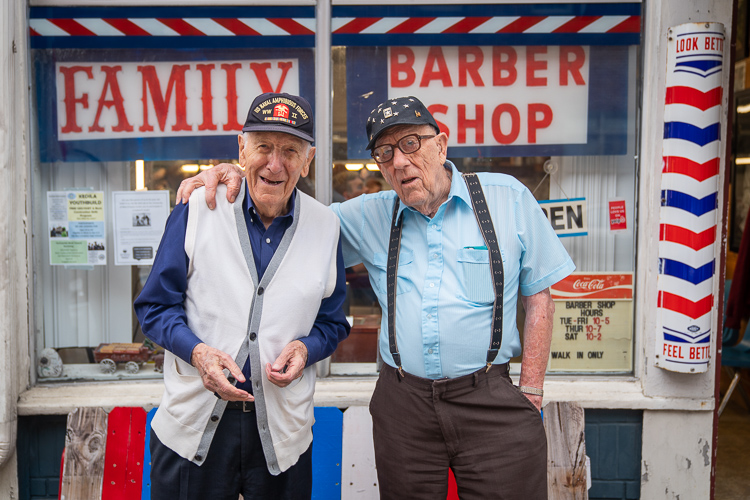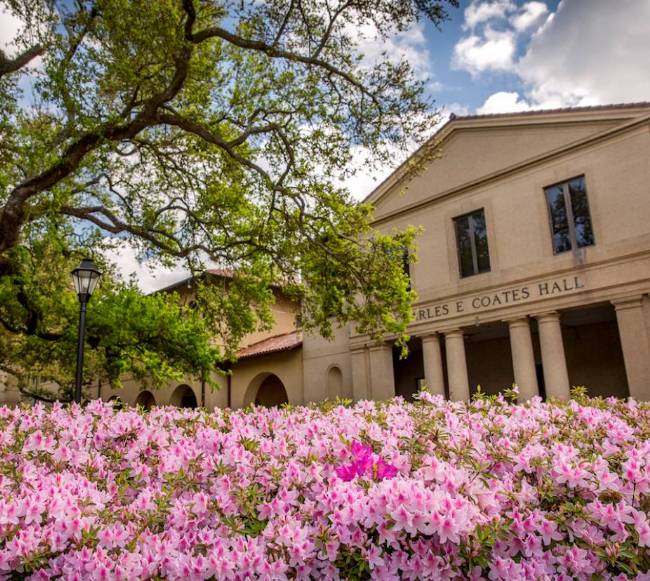The Human Condition:
Building Connections Across Neighborhoods
While Louisiana may be no stranger to disaster, it’s also intimately familiar with community resilience. To capture the qualitative stories of humanity and community resilience, sociology professor and disaster research scholar Frederick Weil and his research team of LSU undergraduate and graduate students have conducted and collected hundreds of hours of taped interviews with people and community leaders throughout the pandemic.





One interviewee noted the way people came together after Hurricane Katrina in their neighborhoods to share food and help each other isn’t safe or possible during the pandemic. So, people have had to rely on already established relationships, use technology in new ways, and become innovative.
With support from the National Science Foundation, Weil is conducting hour-long, in-depth qualitative interviews with community members and leaders. He has adapted a sampling process that stems from older European polling methods. His modified quota sampling approach begins with a random sample of interviewers, who are then allowed to pick interviewees based on a quota system so diversity in age, gender, and ethnicity are represented in the data.






















































